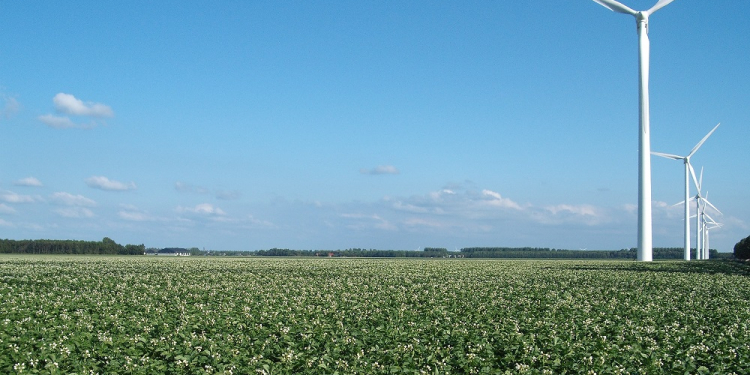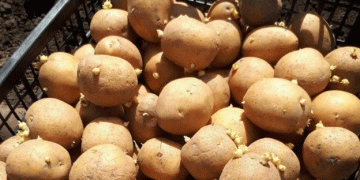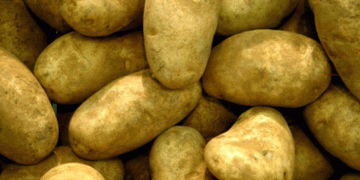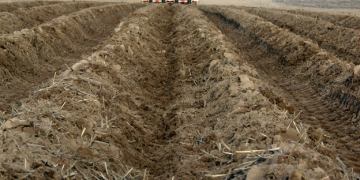Providing the soil and crops with the right nutrients is not easy. In a fertilization plan, the most important main elements nitrogen (N), phosphate (P) and potassium (K) are often looked at in the first instance. In addition, the other main elements calcium, sulfur and manganese should not be forgotten.
Soil pH and organic matter content are important factors for soil and plant health; which are fortunately receiving more and more attention. After all, the pH and the organic matter content have a major effect on availability; in other words, the absorbability of nutrients for the plant. In addition to the main elements, trace elements manganese, zinc, copper, iron, boron and molybdenum are also of great importance for the growth of the plant.

Ban on mancozeb
In many crops such as potatoes, onions, and flower bulbs, the fungicide mancozeb has been used against a broad spectrum of fungal diseases. Because mancozeb also contains manganese and zinc as an extra added value on top of the fungicidal effect, the crop is also immediately provided with manganese and zinc when using mancozeb. As it stands, however, 2021 is the last year in which mancozeb may have been applied. The ban on mancozeb therefore also has consequences for the fertilization plan.
Importance of manganese and zinc for the plant
Manganese and zinc are essential for various important processes in the plant, including photosynthesis. They play a role in keeping the crop green. A deficiency is therefore first visible in a pale green or yellow discoloration of the leaves. Very serious manganese deficiency even leads to the death of the leaves. In addition, plants with manganese deficiency are more susceptible to soil-borne fungal diseases such as root rot.
In particular in soils with a pH > 6 and/or organic matter content above 2.5 percent and prolonged dry periods, a manganese deficiency is a factor. Calcareous loamy and light clay soils are generally the most susceptible to a manganese deficiency. On lighter sandy and valley soils, the pH of the soil in particular is very decisive for whether or not a manganese deficiency occurs.
Foliar fertilization
Applying fertilizers as soil application is fine as basic fertilization; but is not very fast and effective because the applied fertilizers react with the soil itself. As a result, nutritional elements are limited and sometimes not available at all. A more direct and much more targeted way of fertilization is the application of foliar fertilization. A nutrient deficiency must be prevented in advance, but when it manifests itself during cultivation, this can be solved most quickly with foliar fertilizers. Foliar fertilization usually works immediately: the plant absorbs the nutrients immediately and they end up almost immediately in the metabolism of the leaf, where a plant needs these nutrients the most. Shortages are often resolved within a week.
Especially trace elements such as manganese, boron, zinc and sulfur are often difficult to absorb, especially on soils with a somewhat higher soil pH (pH >6). Foliar fertilization can then meet the sometimes acute need for trace elements. In addition, you can feed the crop optimally and in a very targeted manner with foliar fertilizers, within the legal application standards. With the maximum amounts of nitrogen, phosphate and animal manure, it is not always possible to fully meet the nutrient needs of the crop. Supplementing the basic fertilization with efficient foliar fertilizers enables a profitable harvest. Foliar fertilizers can be used in combination with, for example, fungicides.
Unique foliar fertilizer provides sulphur, manganese and zinc
HU-MAN 15 is a unique foliar fertilizer that can be used for optimal manganese nutrition in various crops such as potatoes, onions, beets, grains, flower bulbs and legumes. HU-MAN 15 contains manganese and sulfur, mixed with a unique humic acid complex. Zinc has also been added to HU-MAN 15 to give the young plants an optimal start. 150 g manganese, 218 g sulfur, 10 g zinc and 2 g magnesium are given per liter. Humic acid ensures an enhanced absorption and plant activity and promotes the transport of minerals through the plant so that a maximum effect is achieved. HU-MAN 15 is slightly acidic (pH 4.5) and therefore contributes to an optimal tank mix and enhances the absorption of sprayed crop protection agents.
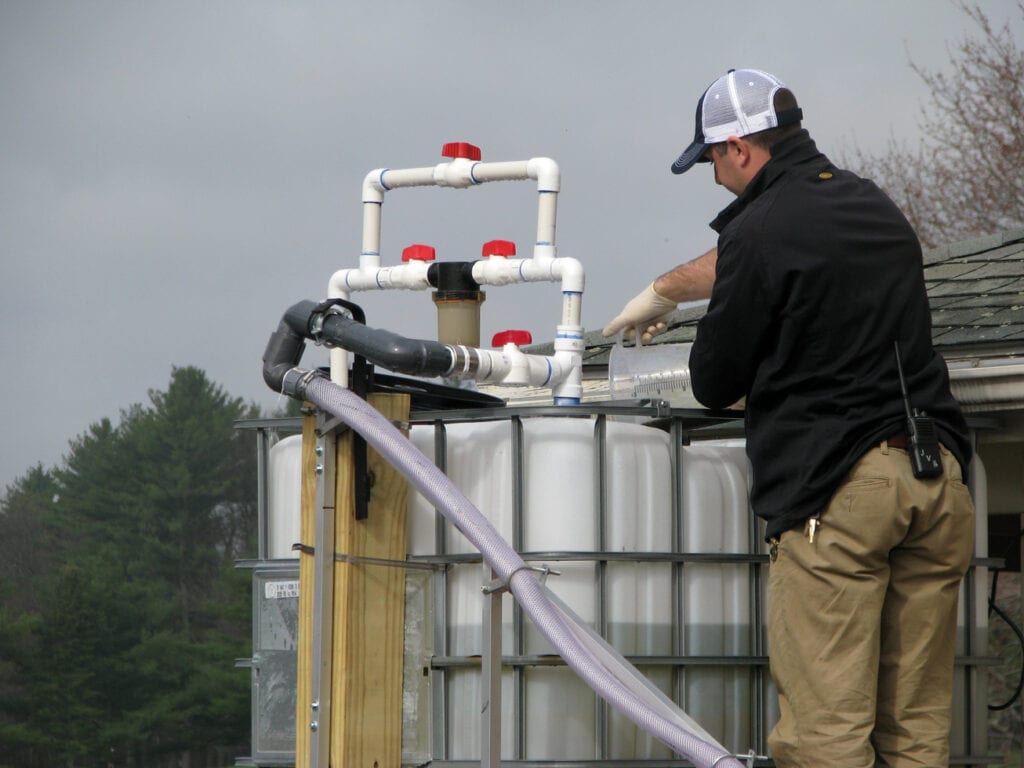
The dosage of HU-MAN 15 is 1-2 l/ha, to be applied in 200 liters of spray liquid per hectare. This application may be repeated as needed. Start with foliar fertilizers before defects become visible.
This is an article from our Agricultural Newspaper. De Akkerbouwkrant on the mat for free at home?
